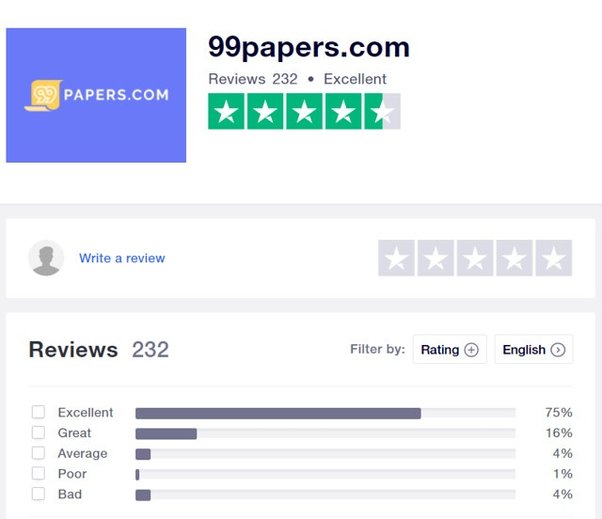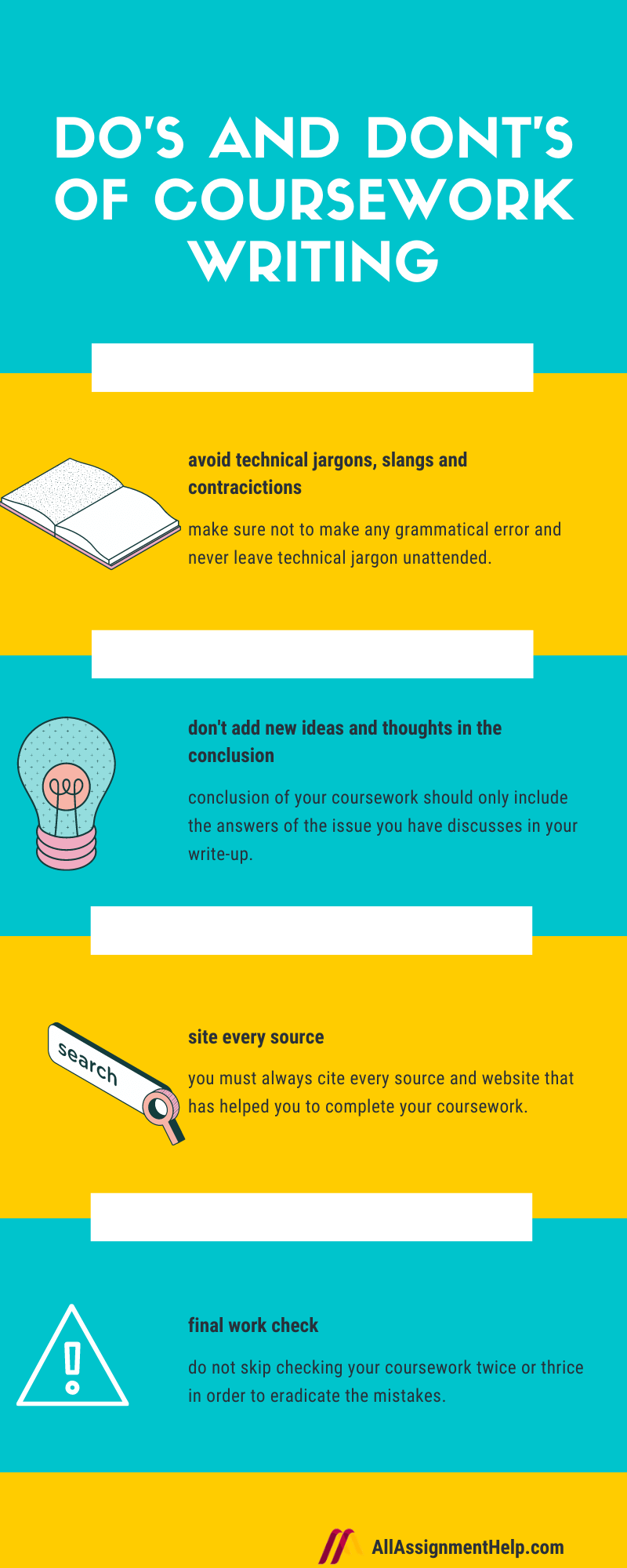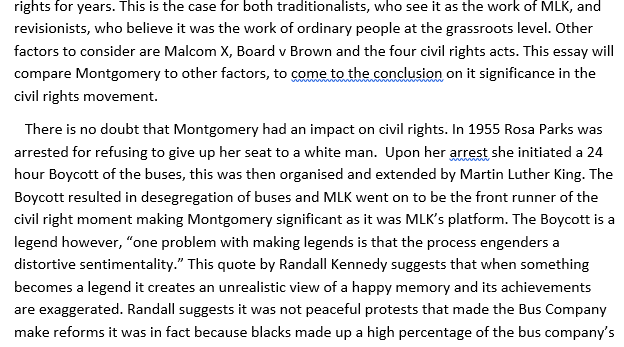How to Write an Exciting Coursework Introduction

Most academic assignments include an introduction. So, the key to writing a compelling introduction for your coursework is to include interesting facts or ideas that will get the reader to think about your topic further. However, the introduction of a coursework assignment shouldn’t be boring or bland. It should capture the reader’s attention, and leave them wanting to know more. To learn how to write an exciting introduction for your coursework, keep reading!
Choosing a study topic
Choosing a study subject for a coursework introduction is a crucial step in the writing process. It is important to choose a subject that is both interesting and suitable for the length of the essay. If the coursework involves an in-depth analysis of the subject matter, avoid topics that will require extensive outlines or debating. Instead, choose a subject that you have a personal interest in and will be able to write about for some time.
When choosing a study topic, make sure to take time to find as many sources as you can. If you are stuck, talk to professors or teachers. They may have useful advice or a healthy critique on the subject matter. Making even a slight change to the topic can make finding information and sources easier. Professors and teachers know what has more potential, so they can tell you if your subject is worth researching.
It’s important to cite your sources. It might be tempting to paraphrase original text or share interesting data without citing the source. However, plagiarism is the most serious academic error. If you use quotes, make sure to cite the source correctly and sign a declaration stating that they are your own work. Also, remember to follow the word count requirements, specifying whether footnotes are included in the word count.
The first step in the writing process is choosing a study topic for a coursework. While this step might sound daunting, it’s actually not that hard. A coursework introduction is similar to other types of written assignments. It is best to start writing with the introduction, where you’ll include more general information. You’ll also want to state your thesis statement in this section. If you do not have a strong grasp of the subject, there’s a high chance that you’ll fail the class.
Finding credible sources of information
While finding credible sources of information for a coursework introduction is important, this task isn’t without risk. Unreliable sources aren’t always reliable, and some of them may even discredit the writers’ status. Instead, use only trustworthy sources. Use a guide to evaluate the sources. Look for websites with URLs ending in.com, org, or net. These websites are generally reliable.
A good source of information is one that is written by an authority in the field. The information in such sources is reliable because it was compiled by a scholar with appropriate credentials. When selecting a source, make sure that it refers to previous works in the field. Usually, credible sources are scholarly journals, academic websites, and journal articles. This is because these resources are peer-reviewed.
In addition, make sure that the sources you’re using are relevant to the topic you’re writing about. You’ll want to avoid outdated resources, which are often unreliable. For instance, books from the 1990s are likely to contain information that is outdated and irrelevant. If possible, choose materials that are no more than ten years old. You’ll also want to consider the purpose of the sources you’re using. A source that is written from a certain viewpoint is still reputable, but it will likely limit the topic coverage. If the source doesn’t have references or evidence, then skip it.
As you’re writing a coursework introduction, it’s a good idea to use reliable sources of information that have been thoroughly researched and written by experts in the subject. Credible sources are the most relevant because they are written by experts with an official position in a particular field. They contain adequate facts and arguments that are unaltered by preconceived notions. A credible source is one that uses the latest research methods, without a bias or preconceived opinions.
While you’re searching for credible sources, you should be careful not to use free online encyclopedias. They’re usually listed among the top results of a web search. Though they can cover thousands of topics, they’re not always the best source for research. Many articles are written in a less formal style, and there’s no control over their content. Hence, they should only be a starting point for finding more credible sources, and never the sole source for research.
Choosing a thesis statement
In preparing a coursework introduction, the student should focus on a narrow area of a general topic. The thesis statement is the ‘hook’ of the essay and informs the reader of the main focus. Thesis statements come from many sources, including the news, opinion pieces and songs on the radio. These everyday objects can serve as good sources for thesis statements for future essays. For example, a student may decide to write a thesis statement about health care.
The next step in developing a good thesis statement is to brainstorm your ideas and identify three reasons that support your thesis statement. Each of these reasons should be specific to your topic, and they will be the primary supporting points of your body paragraphs. When writing a thesis statement, it is important to create a topic outline by using complete sentences. This will ensure clarity and advance your writing process. Once you have chosen a topic, write a topic sentence for each paragraph in the body. Make sure that your topic sentences are backed by details and examples.
Choosing a thesis statement is essential for success in an argumentative essay. A weak thesis statement does not convey the main idea of your essay. The argument behind the thesis statement is too broad. A weak thesis statement would be something like, “President Trudeau’s life was long and filled with achievements,” or “Government funding should be expanded for renewable energy resources to prepare for the end of oil”.
After choosing a topic, the next step is to write the body paragraphs. The body paragraphs of an academic text use the IMRaD model. A topic sentence introduces the central idea of a paragraph, and the rest of the paragraph structure backs it up. A sentence outline, on the other hand, uses capital letters to separate main ideas into parts. Finally, a conclusion sentence links the topic sentence and the thesis statement.
A strong thesis statement demonstrates a valid argument. It can be based on personal observations or outside sources. A worthy argument will be backed by details and examples. The argument must be compelling and take a stance that others may not necessarily agree with. It must also be relevant and specific. Ultimately, it should be a clear point of view that can be supported by evidence. So, don’t be afraid to be bold in stating your opinions!
Writing a conclusion
When writing a conclusion for a coursework introduction, remember to follow the correct essay format. This will help ensure that your paper flows properly and includes all of your points. To write an effective conclusion, you should include all of the supporting evidence you’ve used and also a brief summary of what you’ve said. The final sentence of your introduction should be your conclusion, so be sure to make it as impactful as possible.
While writing a conclusion for a coursework essay, make sure to keep it short and sweet. Don’t over-explain your points. A good conclusion should summarize what you’ve written, reflect on the points you’ve made and highlight the main point of your essay. This way, your readers will know that you’ve summed up the argument in the best light possible. While a strong conclusion can’t save a terrible essay, it can make even the weakest argument shine.
The conclusion of an essay serves two purposes: to summarize the main points and make a concluding comment on the larger implications of your topic. In the case of an introduction, it serves a semi-formulaic function and should not be repetitious or too long. If you don’t follow this formula, you’ll be more likely to experience writer’s block. A conclusion, on the other hand, can help you wrap up your entire essay.
Although you’re probably aware of the importance of a thesis statement, it’s not that easy to make it. The introduction is the first part of a paper, so writing it without a plan can lead to a poorly crafted paper. A thesis statement summarises the entire paper and should tell the tutor what to expect at the end. If you have an appendix, it’s highly recommended that you include it. This can help increase the chances of getting an A-grade for your paper.
After presenting the main ideas and supporting evidence, you need to make sure that the reader is kept interested by the introduction. Try to include an interesting fact or idea to encourage them to read on. After all, a good introduction is the key to a successful coursework. And remember that a good conclusion should also end the paper with a strong thesis. When you do this, you’ll have successfully convinced the professor to read the rest of the paper.




Leave a Reply